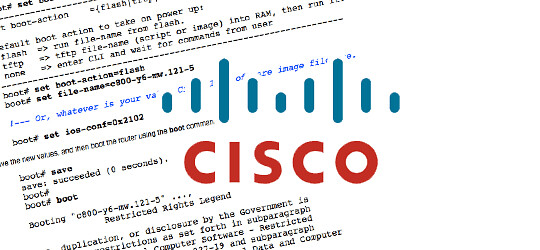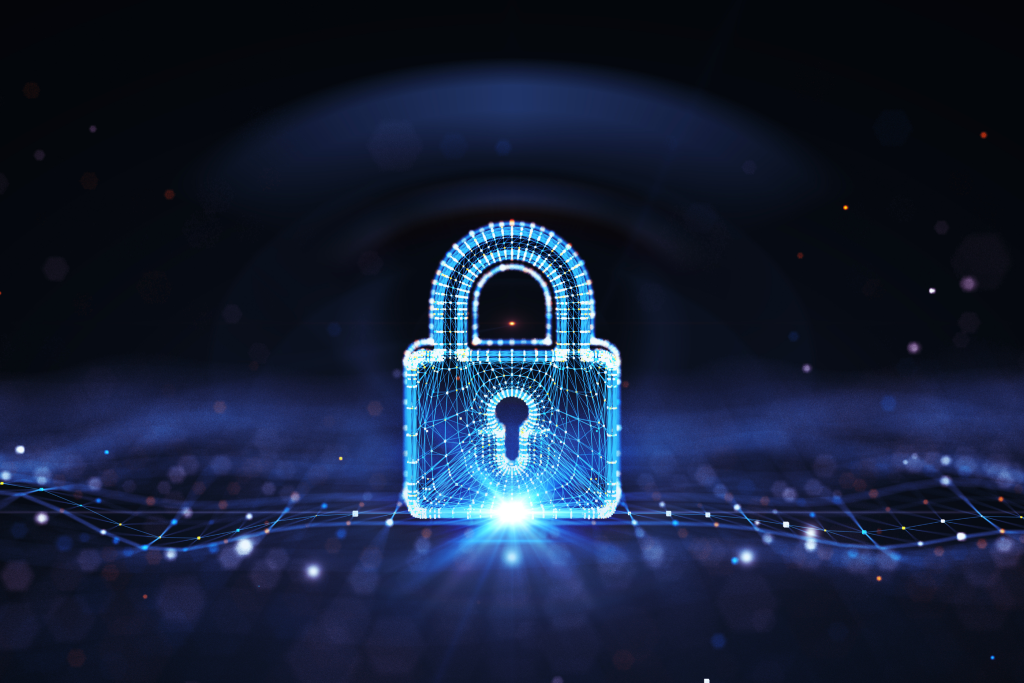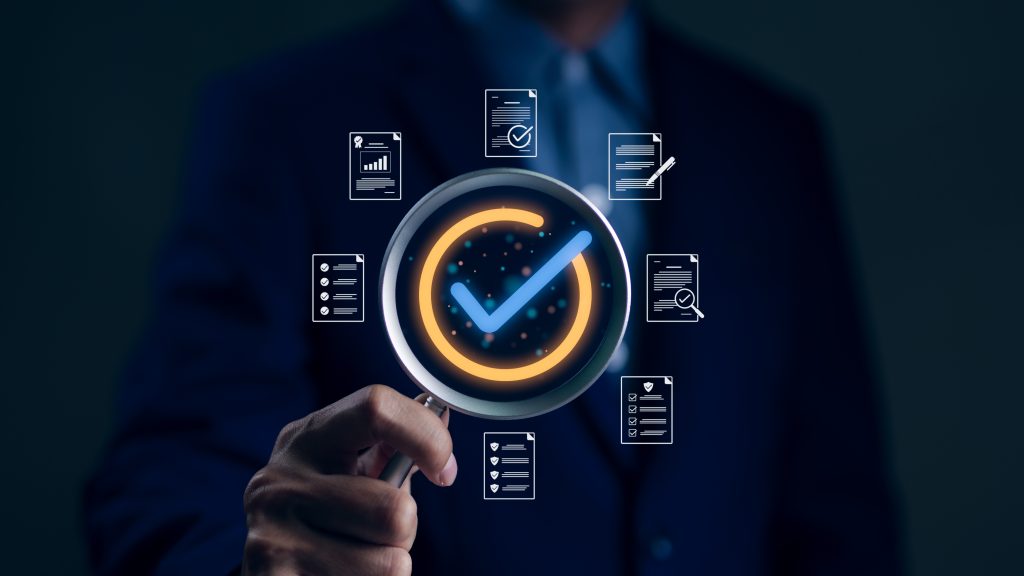
In today’s fast-paced digital environment, ensuring the security and efficiency of IT infrastructure is more critical than ever. For IT administrators, cybersecurity professionals, and business owners alike, regularly auditing configuration changes and user activity is not just a best practice—it’s a fundamental part of maintaining system integrity, security, and compliance. This blog explores why these audits are essential and how they can be seamlessly integrated into daily IT operations.
Understanding Configuration Changes
Configuration changes refer to any modifications made to an IT system’s settings, hardware, or software. This could include anything from installing new applications to tweaking network configurations. These changes, while often necessary, can introduce risks if not properly tracked. That’s where auditing comes in.
Auditing configuration changes helps create a log of who made changes, what was changed, and when. This documentation is vital for both identifying issues and maintaining a secure environment. A seemingly harmless misconfiguration could lead to vulnerabilities, so having a clear audit trail helps maintain system stability and accountability.
By auditing configuration changes, IT teams ensure that all modifications align with company policies, reducing the risk of unauthorized or detrimental changes that could compromise security.
The Role of User Activity Auditing
User activity auditing focuses on monitoring actions taken by users within the network. This includes logging login attempts, file access, and modifications to critical data. Understanding user behavior is key to preventing security breaches and maintaining operational efficiency.
Auditing user activity offers several benefits:
- Security: Unusual patterns or unauthorized access attempts can be quickly identified and mitigated.
- Efficiency: Analyzing user actions helps in understanding how systems are used, highlighting areas for potential training or adjustment.
- Forensics: In the event of a security breach, user activity logs provide a clear trail to trace the source of the issue.
Security and Compliance Benefits
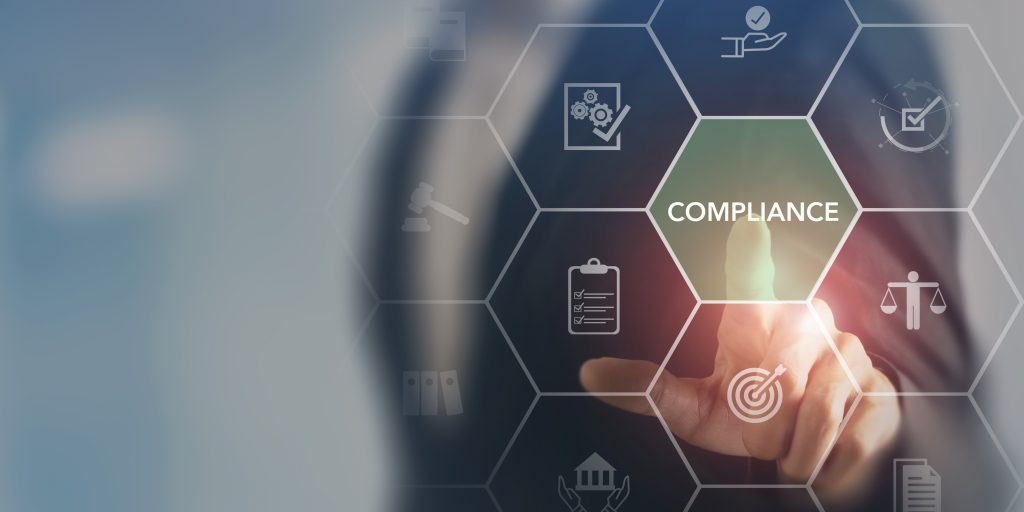
Auditing configuration changes and user activity strengthens overall security by creating transparency in your IT environment. It allows you to identify insider threats, track suspicious activity, and respond swiftly to anomalies.
Moreover, many regulatory frameworks, such as GDPR or HIPAA, mandate strict logging and auditing practices. Failure to comply can lead to hefty fines and reputational damage. Maintaining proper audit records ensures that your organization not only meets but exceeds these requirements, building trust with stakeholders and customers alike.
Auditing Best Practices
To effectively audit, organizations must focus on the following strategies:
- Prioritize critical systems: Focus audits on systems and processes that have the greatest impact on operations.
- Regular audits: Continuous monitoring detects real-time issues, while scheduled audits ensure comprehensive reviews.
- Collaborative approach: IT, security, and compliance teams should work together to interpret audit logs and respond to findings.
- Use automated tools: Automation can streamline the auditing process, reducing human error and enhancing efficiency.
Tools and Technologies
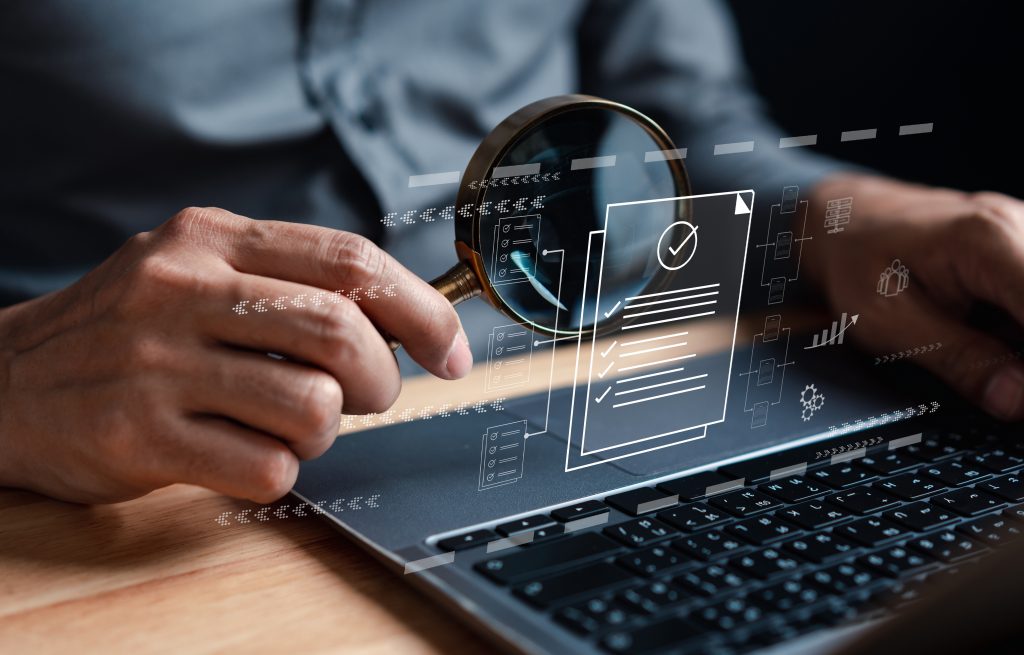
Popular auditing tools such as Splunk, SolarWinds, and LogRhythm offer robust solutions to manage and monitor your IT environment. Automated auditing tools not only reduce the workload for IT teams but also improve the accuracy and reliability of the audits.
These tools generate real-time alerts, allowing IT teams to address issues before they escalate. They also simplify compliance reporting, providing a clear, organized audit trail to meet regulatory requirements.
Daily Uses for User, Device, and Configuration Audits
Audits play an essential role in the day-to-day operations of IT engineers. Here’s how each audit type can be used daily:
1. User Audits
- Monitoring User Logins: Identify anomalies, such as login attempts from unusual locations, to prevent brute-force attacks.
- Tracking Privileged Access: Ensure that only authorized users have access to critical systems.
- Behavior Analysis: Detect insider threats by analyzing unusual patterns in user activity.
- Incident Response: Use audit trails to track down the actions taken by compromised accounts during security breaches.
2. Device Audits
- Device Discovery: Continuously monitor for unauthorized devices connecting to the network.
- Vulnerability Assessments: Ensure devices are up to date with the latest patches and firmware.
- IoT Security: Audit IoT devices to ensure they meet security requirements and are properly segmented from the rest of the network.
3. Configuration Audits
- Change Control: Track configuration changes to prevent unauthorized modifications.
- Compliance: Ensure that devices and systems meet regulatory and internal security standards.
- Rollback Capability: If a change causes issues, audits allow quick rollbacks to the previous configuration.
Real-World Case Studies
Auditing can mean the difference between preventing a major breach and reacting to one. Consider the case of a multinational company that discovered unauthorized access through its user activity logs. Swift action was taken to secure the data and prevent further compromise.
In another instance, a financial institution avoided hefty fines when a configuration audit revealed unauthorized software installation, allowing them to remain compliant with industry regulations.
Conclusion
Auditing configuration changes and user activity is a strategic necessity for organizations of all sizes. By adopting robust auditing practices, IT teams can safeguard systems, ensure compliance, and maintain the trust of their stakeholders. Whether you are new to auditing or looking to enhance your current strategies, staying proactive in these efforts will prepare your organization to tackle both today’s challenges and those of tomorrow.




